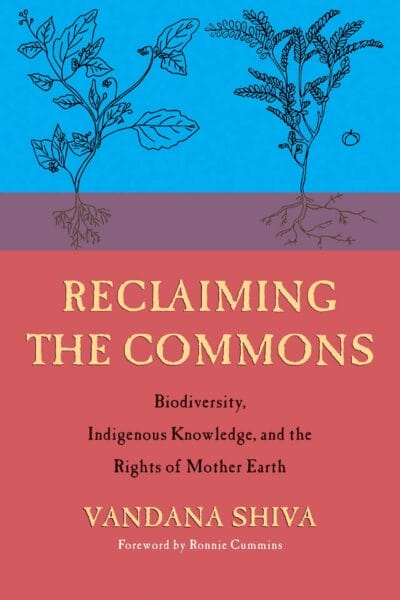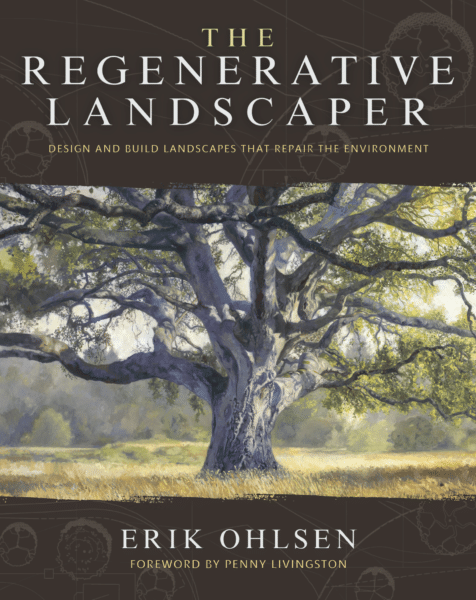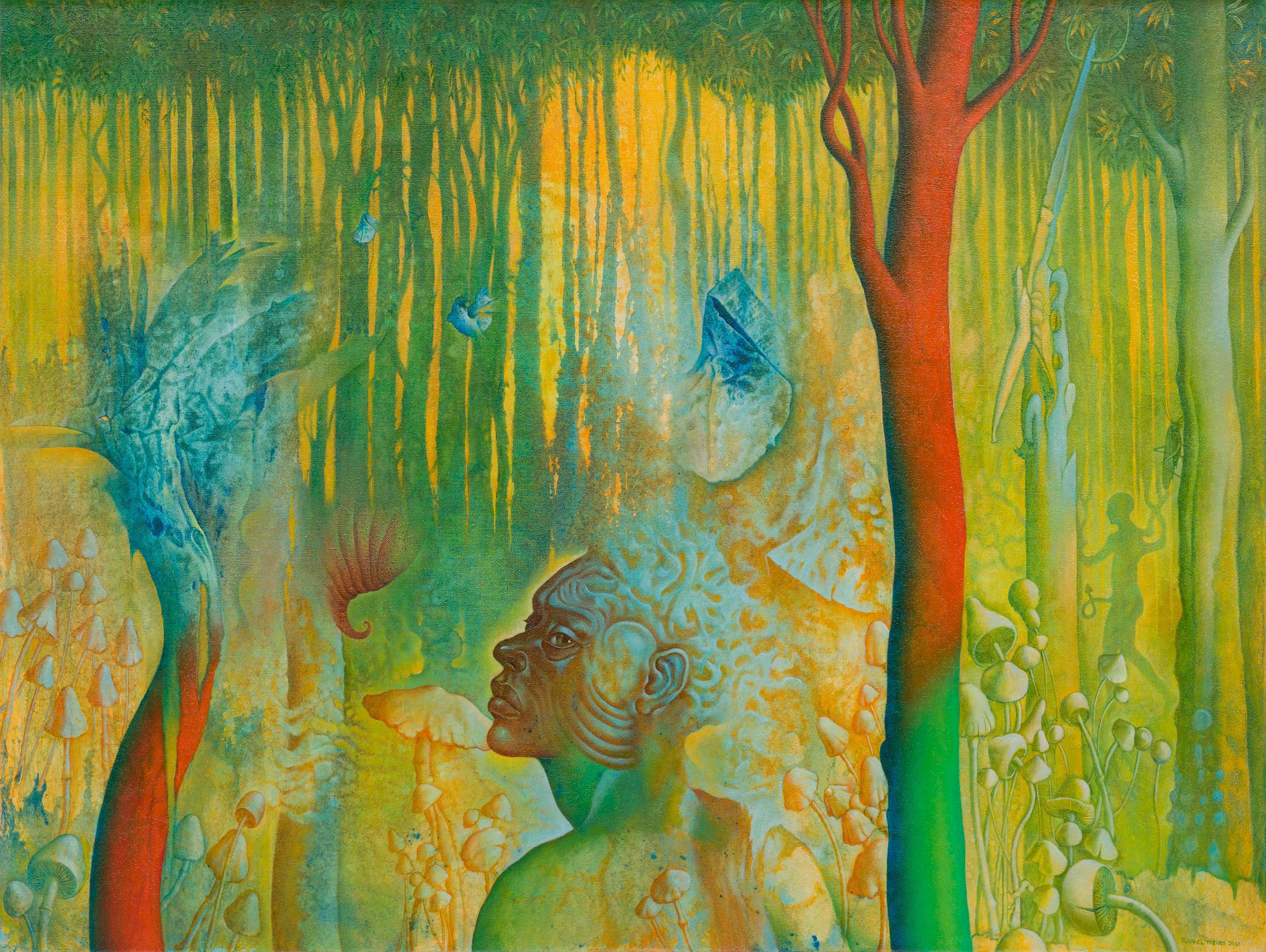Why Ecological Regeneration is Our Generation’s Greatest Responsibility
A World on Fire: The Urgency of Now
As the Amazon burns and capitalism continues to steer the world toward profit over sustainability, our voices advocating for a more harmonious future often feel like they are lost in a sea of deafened ears. What hope do we have when it feels like our ecological and social futures are being undermined by a system built on fear and destruction?
Yet, despite this, there is hope. There is a timeline we can align with, a future we can manifest through intention and action. Our metaphysical capacity—the ability to dream and envision a better world—can guide us toward a reality that fosters life, not destruction. But this shift will only come if we acknowledge the power of the collective. We are the 99%, and with that comes responsibility. It is time to act with the power we inherently possess and embrace a new paradigm.
So why is it crucial to focus on ecological regeneration?
Lessons from the Land: Vandana Shiva and the Call to Reclaim the Commons
Indigenous wisdom and biodiversity as the pillars of ecological justice.
We’ve all heard the warnings—our planet is on a path of environmental collapse due to overproduction, resource depletion, and widespread ecological damage. It’s often said that future generations may not have a planet left to inhabit if we continue on this trajectory. Even worse, they could inherit a world plagued by scarcity and unsustainability that threatens the survival of not only humanity but all species.
 While efforts are being made to explore new ways of living, such as through technological advancements, many seem focused on a future where survival is contingent on merging humanity with technology. This vision is disconnected from nature, as if the solution to ecological collapse lies in further distancing ourselves from the Earth. But how can we hope to create a new world when we haven’t even learned how to properly care for this one?
While efforts are being made to explore new ways of living, such as through technological advancements, many seem focused on a future where survival is contingent on merging humanity with technology. This vision is disconnected from nature, as if the solution to ecological collapse lies in further distancing ourselves from the Earth. But how can we hope to create a new world when we haven’t even learned how to properly care for this one?
Ecological regeneration is not just about going “back to the land” or abandoning modern innovations; it’s about rethinking our relationship with the environment in a holistic and conscious way. Vandana Shiva’s Reclaiming the Commons offers a powerful critique of how corporations and governments have privatized and commodified nature, from seeds to water to land. Shiva advocates for protecting the commons—those shared resources that have been nurtured for millennia by indigenous communities—and emphasizes that returning to these community-based models is essential for ensuring biodiversity, food sovereignty, and ecological justice. Shiva’s message is not just one of environmentalism; it is a call to reconnect with indigenous wisdom, which values the intrinsic rights of nature itself. In doing so, we push back against a system that sees nature merely as a resource to be extracted and exploited.
Healing the Earth: Erik Ohlsen’s Blueprint for Regeneration
Moving beyond sustainability to actively restore the planet and create resilient ecosystems.
Similarly, Erik Ohlsen’s The Regenerative Landscaper teaches us that ecological regeneration goes beyond sustainability—it is about active restoration. Ohlsen offers practical solutions for anyone looking to heal the land and create spaces that foster biodiversity, improve soil health, and increase resilience in the face of climate change. His regenerative practices are a roadmap for how future generations can live in harmony with natural systems rather than in opposition to them.

By focusing on regenerative practices, Ohlsen teaches readers how to move beyond simply “sustaining” the environment to actively repairing and revitalizing it. This shift in perspective is crucial for ensuring that ecosystems not only survive but thrive. His emphasis on working in harmony with natural systems offers a roadmap for reversing damage and restoring balance, making this book especially relevant in an era where many of our conventional practices are proving to be unsustainable.
For future generations, The Regenerative Landscaper offers both hope and practical solutions. It provides a guide for creating landscapes that foster biodiversity, improve soil health, and enhance climate resilience. As these young generations inherit a world grappling with environmental crises, they will need tools and frameworks that prioritize regeneration over extraction, balance over exploitation. This book serves as a vital resource for them to learn how to design with nature in ways that can help heal the planet, ensuring a healthier, more sustainable future for all life on Earth.
Tending to the Earth, Tending to Each Other
Ecological regeneration cultivates empathy, expands our awareness, and illuminates the interconnectedness of all life.
This shift is essential for our collective survival. If we hope to build a future where humanity thrives, we must not only tend to the Earth but also nurture the idea of a worldwide community rooted in cooperation, empathy, and care. Ecological regeneration is about far more than restoring land—it’s about healing the relationships between ourselves and the world around us. By helping each other and the Earth, rather than competing for resources or power, we can lay the foundation for a regenerative future that supports all life, human and non-human alike.
These challenges should not be secondary in our minds but central to our education, innovation, and vision for the future. Understanding that caring for the land goes beyond environmental stewardship; it is a philosophy, a way of life. It invites us to break free from the current ego-driven frameworks of individualism and competition, allowing us to embrace ecoism—an understanding that all living systems are interconnected, and our well-being is tied to the health of the planet.
This shift in perspective has the power to transform not only our ecosystems but our minds. It broadens our sense of empathy, as we realize that we are all stewards of the Earth, responsible for its regeneration. It shines a light on the importance of building a worldwide community where mutual aid, rather than division, becomes our guiding principle. In nurturing the Earth, we nurture each other, and in this collective effort, we find our greatest strength.
Ultimately, tending to the Earth reveals how deeply connected we all are. The communal need to survive transcends any desire to bring others down. It is a pathway toward greater unity, peace, and balance, offering a vision of the future where we thrive not by exploiting, but by regenerating. Through this lens, ecological regeneration becomes not just an environmental practice, but a profound act of collective healing.
Art work by Rafael Trelles, El Senor de los Hongos (Lord of the Mushrooms), 2020. October Gallery.
https://octobergallery.co.uk/artists/trelles

